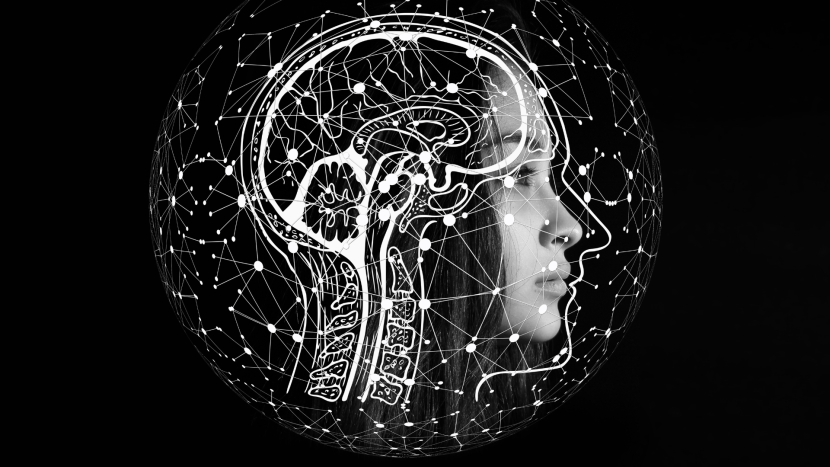We live in a world where positive thinking is often seen as the secret key to happiness, success, and good health. From motivational speakers to bestselling self-help books, the message is everywhere: think positively, and good things will follow. But I’ve often wondered—does positive thinking really have that much power, or is it just a comforting idea that makes us feel better in tough times?
I’ll be honest—I wasn’t always a believer in positive thinking. For years, I considered myself a realist, but looking back, I can see I was mostly a negative thinker. I would constantly expect the worst, doubt my abilities, and overanalyze every decision until anxiety took over. This mindset drained my energy, made me second-guess myself, and often kept me stuck. I missed out on opportunities because I was too focused on what might go wrong.
Eventually, I realized that my thinking wasn’t protecting me—it was holding me back. That’s when I started wondering: could positive thinking really make a difference? Or is it just another feel-good myth? In this blog, I’ll share what I discovered on this journey, both from personal experience and from what science says.
What Is Positive Thinking?
When I first heard about positive thinking, I thought it meant ignoring reality or pretending everything was fine when it wasn’t. But I’ve come to understand that true positive thinking is different. It’s not about denying difficulties or forcing a smile. Instead, it’s about choosing to focus on solutions, possibilities, and hope—even when things feel hard.
Positive thinking, for me, has become a mindset where I try to see setbacks as lessons, and challenges as chances to grow. It doesn’t mean I never feel sad or frustrated, but it means I try not to stay stuck in those feelings.
What Science Says About Positive Thinking
When I began shifting my mindset, I also looked into what science had to say—and I was surprised by what I found. A 2019 study published in JAMA Network Open showed that people with higher optimism levels had a 35% lower risk of heart disease and were more likely to live beyond age 85.
The Mayo Clinic also reports that positive thinkers tend to experience lower levels of depression, stronger immune systems, and better stress management. What stood out to me was that optimistic people often take better care of themselves—they exercise more, eat healthier, and avoid harmful habits.
But it’s not just about health. The American Psychological Association (APA) highlights that positive thinkers are often more resilient. They recover from setbacks more easily because they focus on what they can control rather than what’s gone wrong.
That said, science also warns about the dangers of unrealistic optimism. Simply thinking positive without action can backfire. I’ve learned that positivity must be paired with effort, planning, and emotional honesty to truly work.
The Problems I Faced as a Negative Thinker
Looking back, negative thinking cost me in many ways. I often avoided taking risks because I was sure I would fail. I overthought small decisions and made myself anxious over things that never even happened. I wasted energy worrying instead of acting.
I also noticed that negative thinking affected my relationships. I became withdrawn, defensive, or overly critical, thinking I was protecting myself—but in truth, I was pushing people away.
The biggest cost, though, was that I stopped believing in my own potential. I missed out on chances because I talked myself out of them before I even tried.
It took time, but I came to realize that changing my mindset was essential—not just for success, but for peace of mind.
How I Cultivated Positive Thinking the Right Way
Shifting from negative to positive thinking didn’t happen overnight. But here’s what helped me—and what I believe can help anyone:
1. Practice gratitude
Every day, I started noting down three things I was grateful for. At first, it felt forced. But over time, it helped shift my focus from what was missing to what was good.
2. Reframing negative thoughts
When my mind went to worst-case scenarios, I tried to stop and ask: “What’s another way to see this?” or “What’s one thing I can do about it?”
3. Choosing supportive company
I realized that negativity can be contagious. So I made a conscious effort to spend time with people who uplifted me rather than drained me.
4. Focusing on solutions
Instead of getting lost in problems, I began asking myself, “What’s one small step I can take right now?”
5. Being kind to myself
The most powerful change was learning to forgive myself and treat myself with compassion when things didn’t go as planned.
Is Positive Thinking a Fact or a Myth?
Based on my journey, I believe positive thinking is both fact and myth. It’s a fact that optimism can improve health, reduce stress, and build resilience. But it’s a myth to think positive thinking alone will solve all problems.
What makes positive thinking powerful is combining it with action, realism, and emotional honesty. It isn’t about ignoring struggles—it’s about facing them with hope and determination.
Final Thoughts
I’ve learned that positive thinking isn’t about pretending life is perfect. It’s about believing things can improve, and doing what you can to make that happen. It’s not easy, and it takes practice, but it’s worth it. The shift from negativity to optimism helped me feel stronger, calmer, and more open to life’s possibilities.
If you, like me, struggle with negative thinking, know this: you don’t have to change overnight. Small steps, taken consistently, can lead to a big difference.




